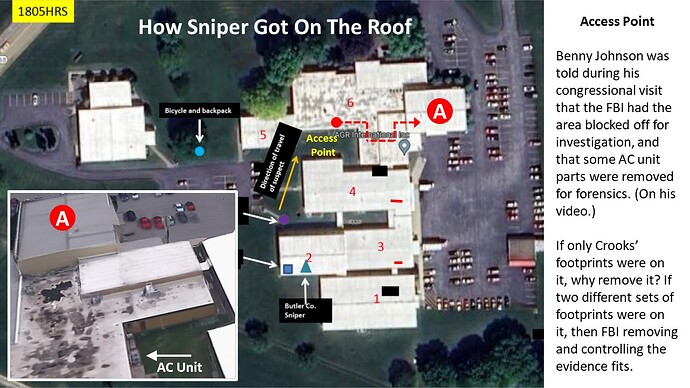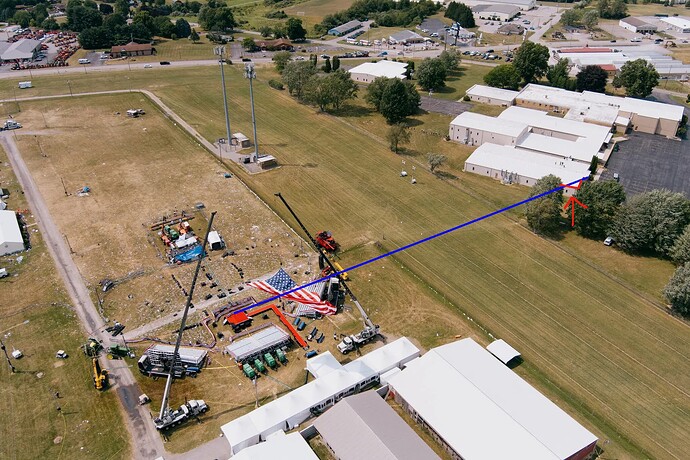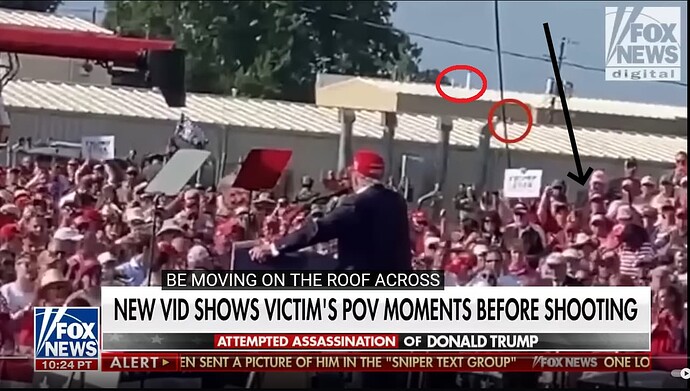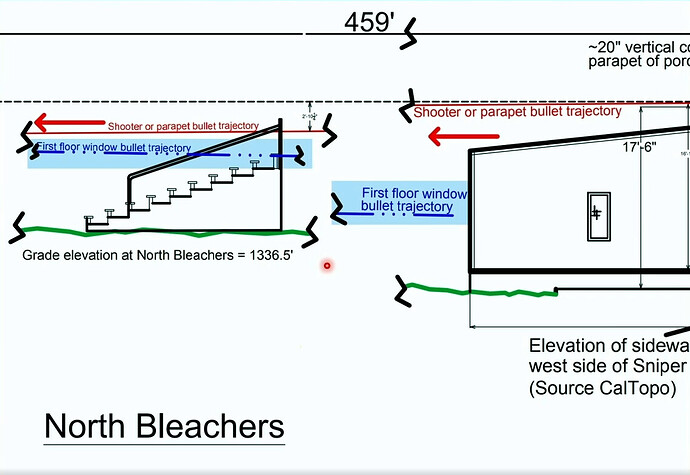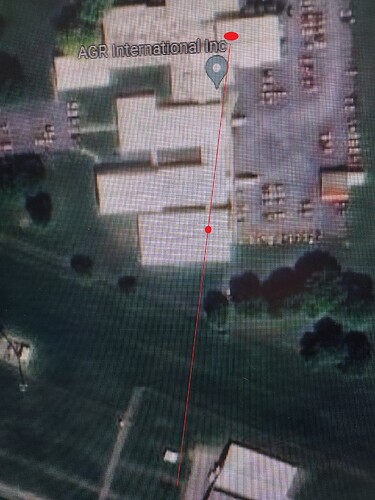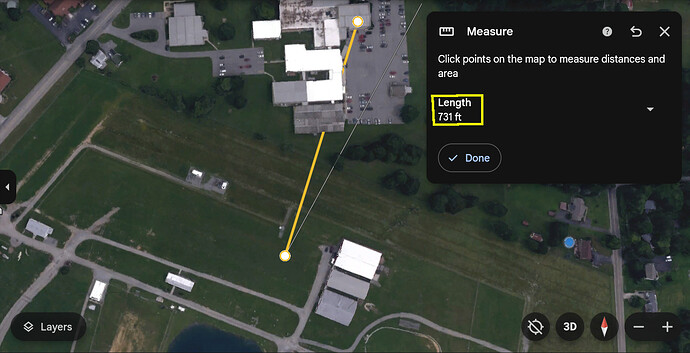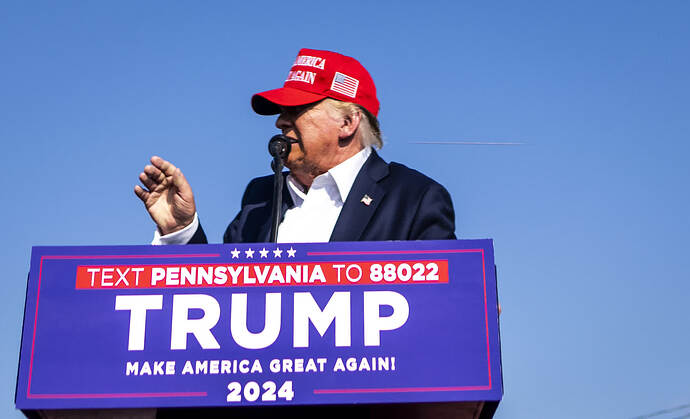Kudos for the analysis of the different echoes, it adds an independent dimension of evidence against a single shooter. It’s also sharp quantitatively as far as the different delays between echoes.
The evidence from video source 4 is somewhat contributory, but suffers from having to make assumptions about the videographer moving at the same speed and in same direction between different shots.
I still find the most compelling audio evidence against a single shooter at ~450 ft as being the different delays in report for shots 1-3 versus 4-8 in Trump’s stationary mic. This requires no spectrogram, no reading visuals of echoes there (an interpretation that some may not have confidence in).
The difference in delay .22 versus .213 implies the single shooter would have, in the 2.783 seconds between shots 3 and 4, moved about 15 feet, repositioned, resighted, and shot fairly accurately - an absurd implication.
The math again is simple:
(1) The supersonic crack comes at time of T seconds after firing 1-3. To cover 450 feet, if the supersonic bullet’s average speed is S ft/sec, we have ST = 450 or an average speed of S=450/T.
(2) The boom (sound) comes to Trump’s mic at a time of T+.22 after firing shots 1-3 and travels at the speed of sound of 1200 ft/s, so 1200(T+.22)=450, which implies T=.155 seconds.
(3) Substituting this T back in (1) implies bullets 1-3 averaged a speed of 2903 ft/s.
Now for shots 4-8 the delay was just .213, per Chris’ measurements, so if bullets 4-8 were of the same kind, a single shooter of 1-8 would have had to move. How much? Call this new distance x, from firing position of 4-8 to Trump’s mic. A similar computation to the above elucidates x:
(1) The supersonic crack comes at time of T’ seconds after firing 4-8. To cover x feet, if the supersonic bullet’s average speed is S’ ft/sec, we have S’T’ = x or a time of T’=x/S’. Assuming bullets 4-8 traveled as fast as 1-3, S’=S=2903, we have T’= x/2903.
(2) The boom (sound) comes to Trump’s mic at a time of T’+.213 after firing any of shots 4-8 and travels at the speed of sound of 1200 ft/s, so 1200(T’+.213)=x, which implies T’=x/1200 - .213
(3) We have two values for T’ from the above two points, and they must equal, for they both refer to the same definition, the time between firing any of 4-8 to the supersonic crack at Trump’s mic. Equating them, writing we have
x/2903 = T’ = x/1200 - .213
which has solution x = 435.7 feet., rather than 450 feet for shots 1-3.
Conclusion: Bullets 1-3 with a crack-report delay of .22 second, if assumed to have traveled 450 feet, and bullets 4-8 with a crack-report of .213 second, if assumed to have traveled at the same average speed, would imply 4-8 were taken about 14.3 feet closer than shots 1-3. The single shooter could not have moved this far in 2.783 seconds (between shot 3 and 4), repositioned, resighted, and fired accurately.
This argument relies only on arithmetic and an assumption the would-be single shooter would have used the same type of bullet in 1-3 as in 4-8. (Crooks was highly diligent, besides, he bought a case of ammo that morning, he would not have mixed bullets.) It does not rely on interpreting spectrograms or estimating the speed and direction of videographer 4.
This argument also tells us that shots 4-8 were taken about 15 feet closer to Trump than were shots 1-3.
If we are to go by data in forming hypotheses, we must accept this differential distance even if we cannot fathom where the other shooter must have been positioned.
